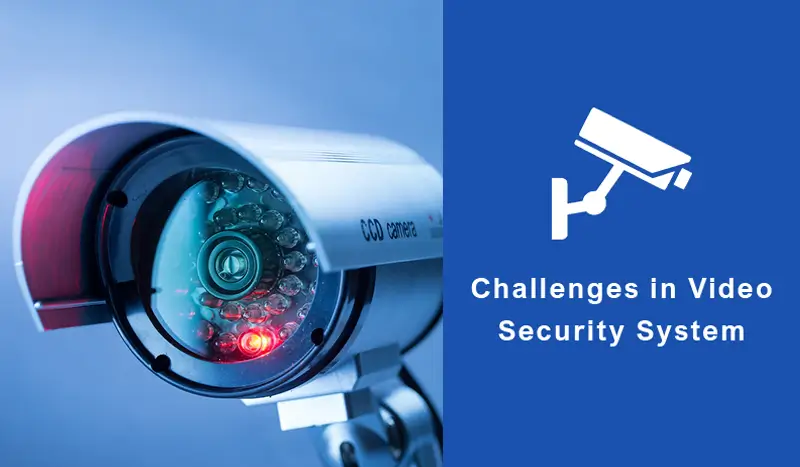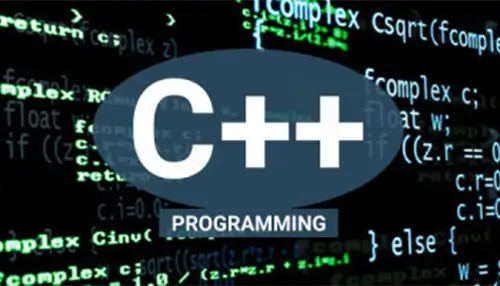A video is a vital tool for security personnel for active monitoring and investigation, allowing them to efficiently secure areas remotely by watching live video feeds and deploying responders when threats are discovered. Aside from real-time surveillance, security and law enforcement agencies employ video surveillance footage to aid in post-event investigations by supplying video evidence to solve crimes and analyzing video information from numerous sources to develop cases.
Video Security System Challenges
Video Security System, while a crucial part of security, continues to offer difficulties for even the most skilled officers: It’s not uncommon for an agent to lose focus or become distracted when monitoring one or more video feeds, missing a critical detail or object on camera as a result. Regardless of how attentive the officer monitoring the footage or live feed is, critical evidence caught on video can sometimes be missed by the human eye.
Another challenging obstacle is the amount of time and manpower required to watch the video. Video evidence from many cameras, places, and days can be collected and reviewed, especially in post-event investigations. These massive amounts of video data require hours of manual inspection. To properly manage time and resources, officers must limit the amount of video evidence they review — while still committing to watching hours of videotape and risking missing or overlooking key details.
Artificial intelligence-based solutions are increasingly being used to address these issues. Because, when correctly trained, technology can detect objects that human monitors may miss, AI-powered video analytics is quickly becoming the de facto standard for law enforcement around the world.
How to Overcome Challenges
i. Machine Learing
Video Content Analytics (VCA) technology uses Machine Learning techniques, which are AI methods for training computers, to discover what people may overlook or ignore. Video analytics solutions train computers to recognize and discriminate between video objects, extract and identify them, evaluate their behaviors and properties, and classify the data so that it may be used for intelligent decision-making and security preparation.
ii. Speed up Video Analysis Process
Video Content Analytics speeds up video analysis so that security employees don’t have to choose between evaluating video evidence and using their resources for other investigation tasks. For example, if a security officer recognizes data about the offender under investigation, he or she can search the video, filtering based on the suspect’s traits and known features, and removing from the video search all things that do not meet the description. As a result, the investigator can only look at the footage and artifacts that match the suspect.
iii. AI-driven Video Analytics Technology
When there is no known suspect or few instructions to guide the Video Security System search, the security team can use AI-driven video analytics technology to A VCA engine can recognize, extract, and classify video objects, resulting in the creation of a structured information database from unstructured video data. This searchable index assists investigators in rapidly and thoroughly comprehending all video occurrences.
iv. Real-time Respone
Because security work frequently demands a real-time response to unfolding events rather than post-event research, Video Content Analytics can spot patterns and detect abnormalities and suspect conduct. This means that security staff can configure notifications to be notified when unexpected conduct necessitates their intervention.
v. Detection Sensitivity
VCA technology can sometimes detect anomalies and odd behaviors that would otherwise be imperceptible to the naked eye. A security officer in a control room monitoring a Video Security System may not be able to distinguish a shadow or reflection of an item, whereas a video analytics solution can be adjusted to varying levels of detection sensitivity. When the detection sensitivity is set to the maximum, a video analytics engine can even identify a perpetrator’s reflection and extract it as a video object. If offenders’ reflections appear on surveillance tape while they are outside the surveillance range, they can be logged as video evidence to support a case.
Video Security System is evolving as critical sensor for providing safety and security. With Video Content Analytics, increasing the value of traditional surveillance and providing solutions to some of security surveillance’s primary difficulties, teams are enabled to use and expand the value of their existing surveillance infrastructure. VCA promotes productive, proactive, and predictive security, which leads to more efficient and effective video investigation and emergency response.
Conclusion
Video analytics solutions train computers to recognize and discriminate between video objects, analyze their behaviors and properties, and classify the data so that it may be used for intelligent decision-making and security preparation. Video Content Analytics speeds up video analysis so that security employees don’t have to choose between evaluating video evidence and using their resources for other investigation tasks.
A VCA engine can recognize, extract, and classify video objects, resulting in the creation of a structured information database from unstructured video data. When we talk about video security challenges, OdiTek is your one-stop solution. Reach out to us today to explore more!







